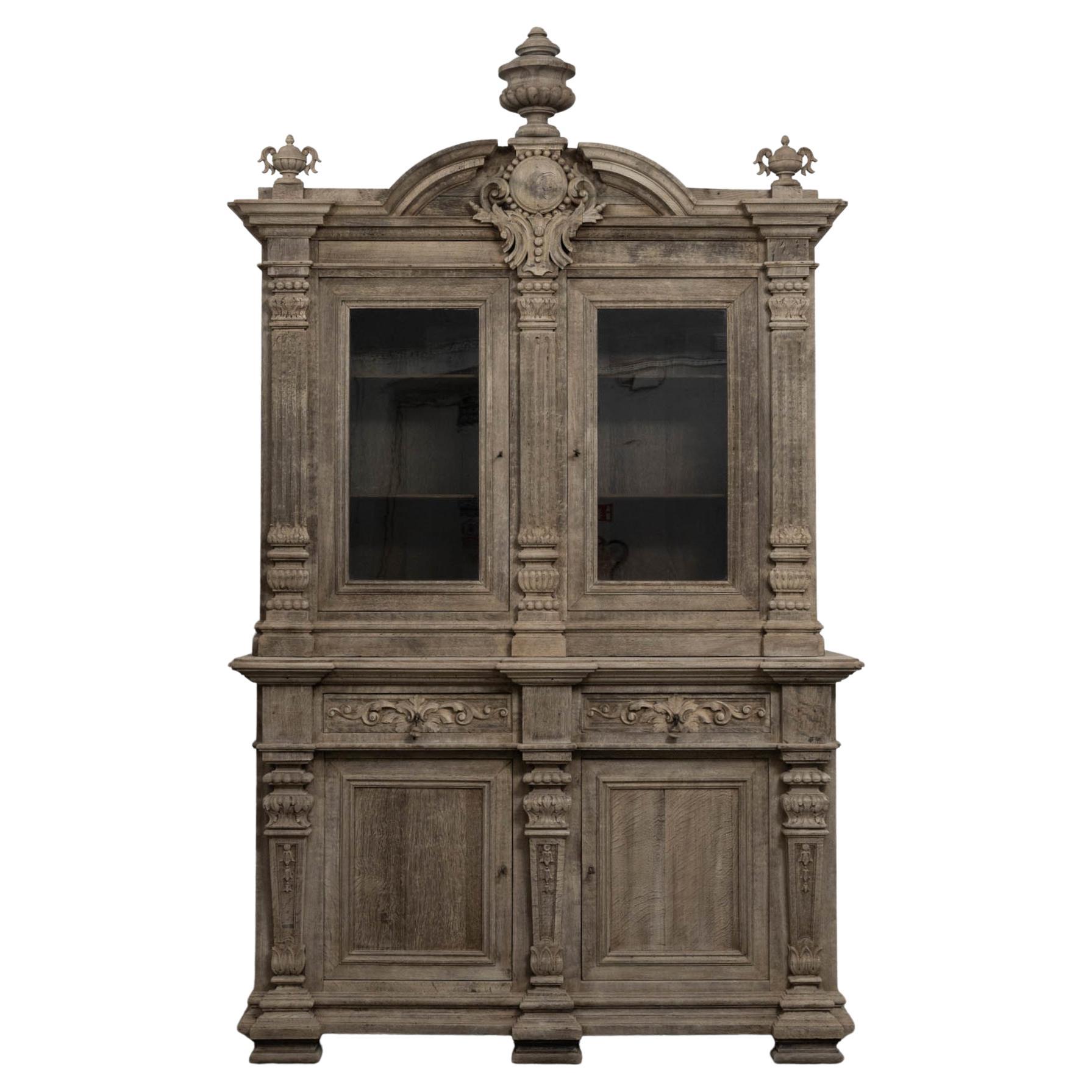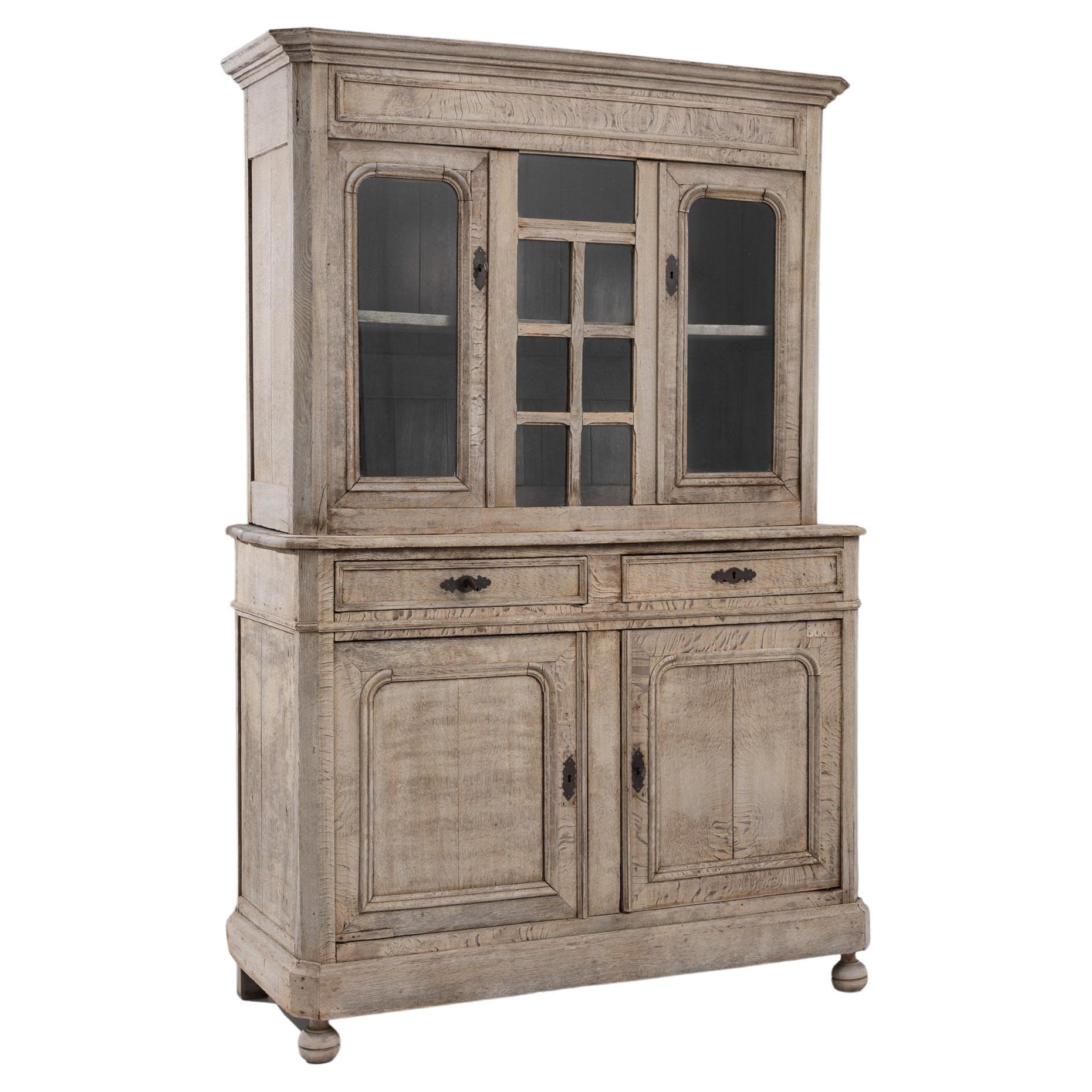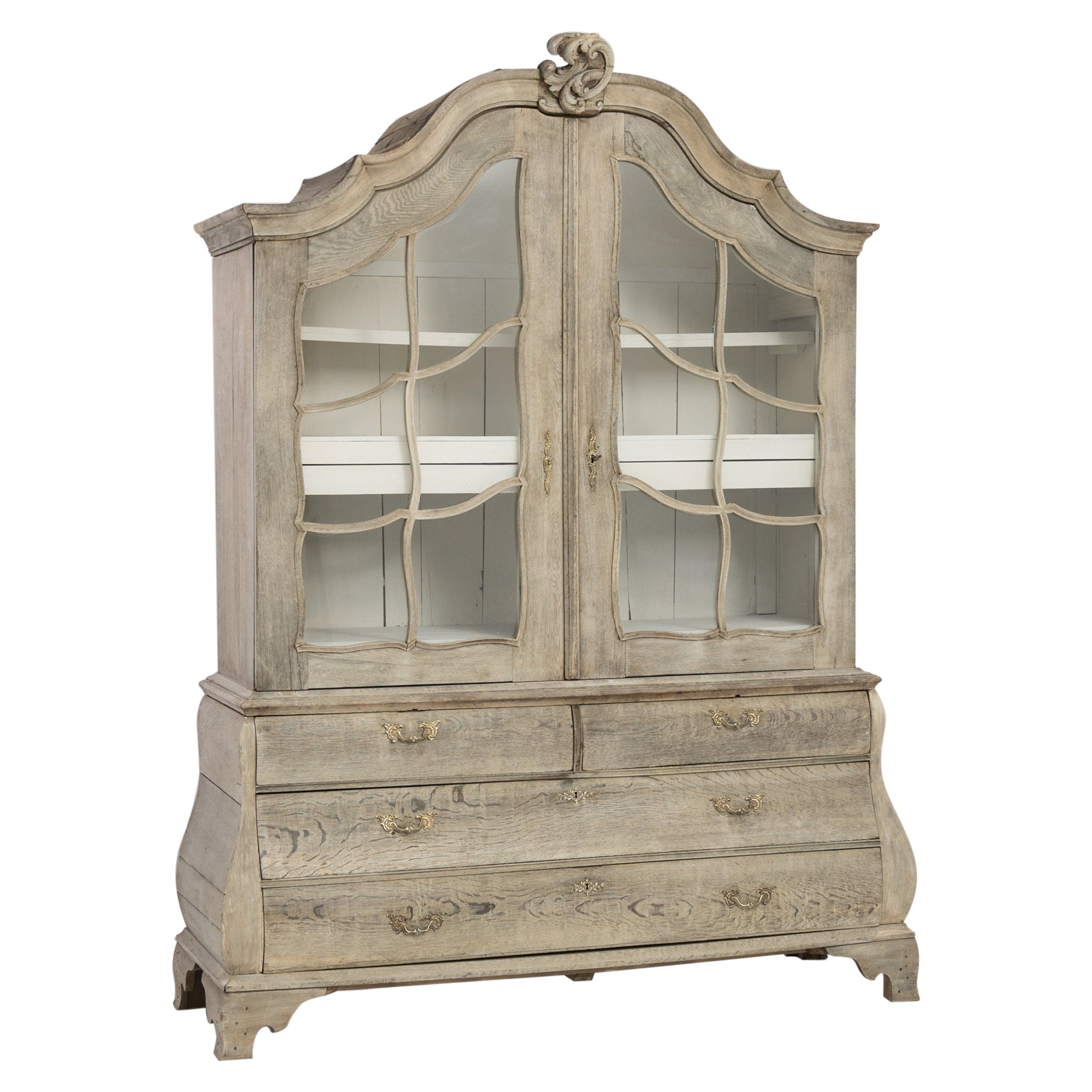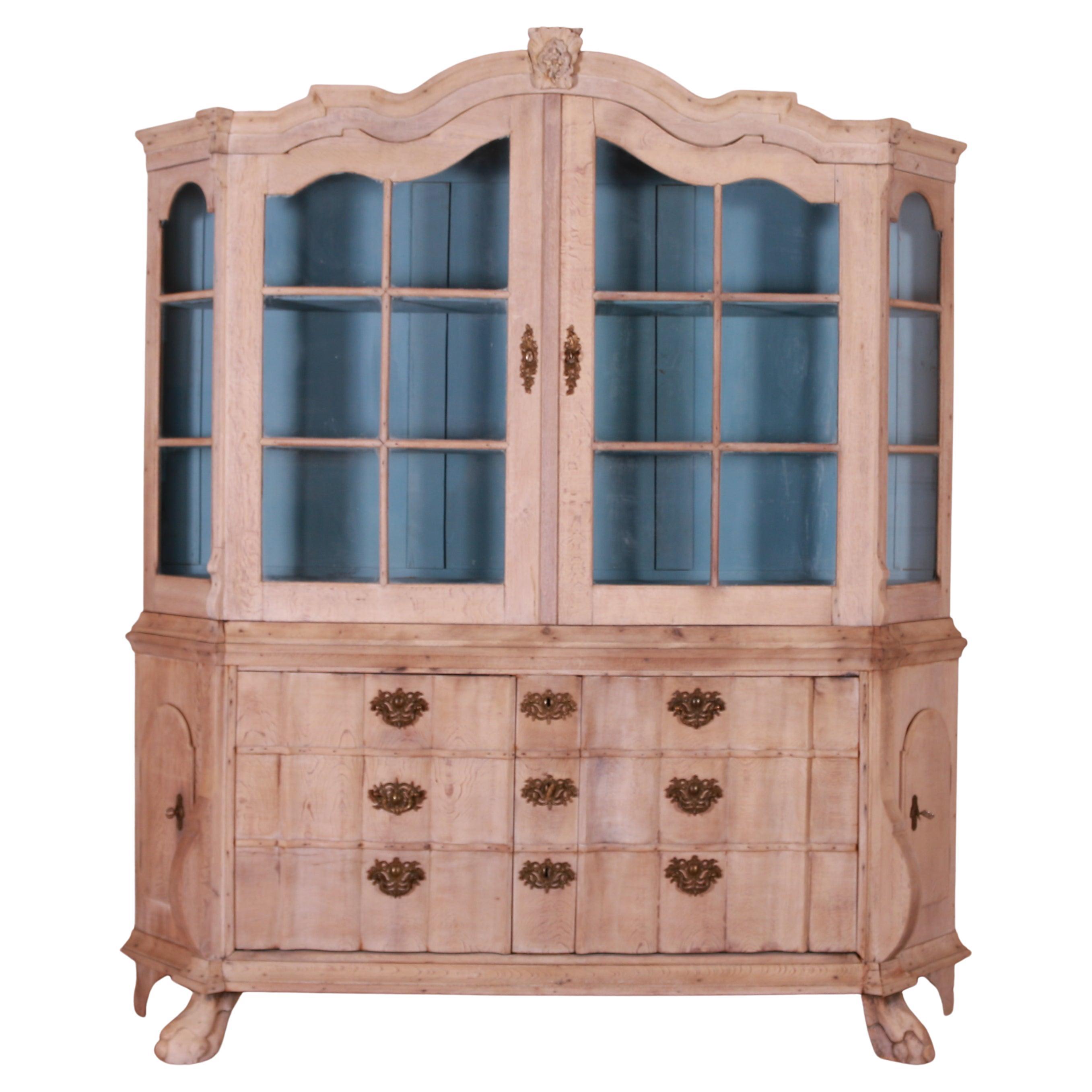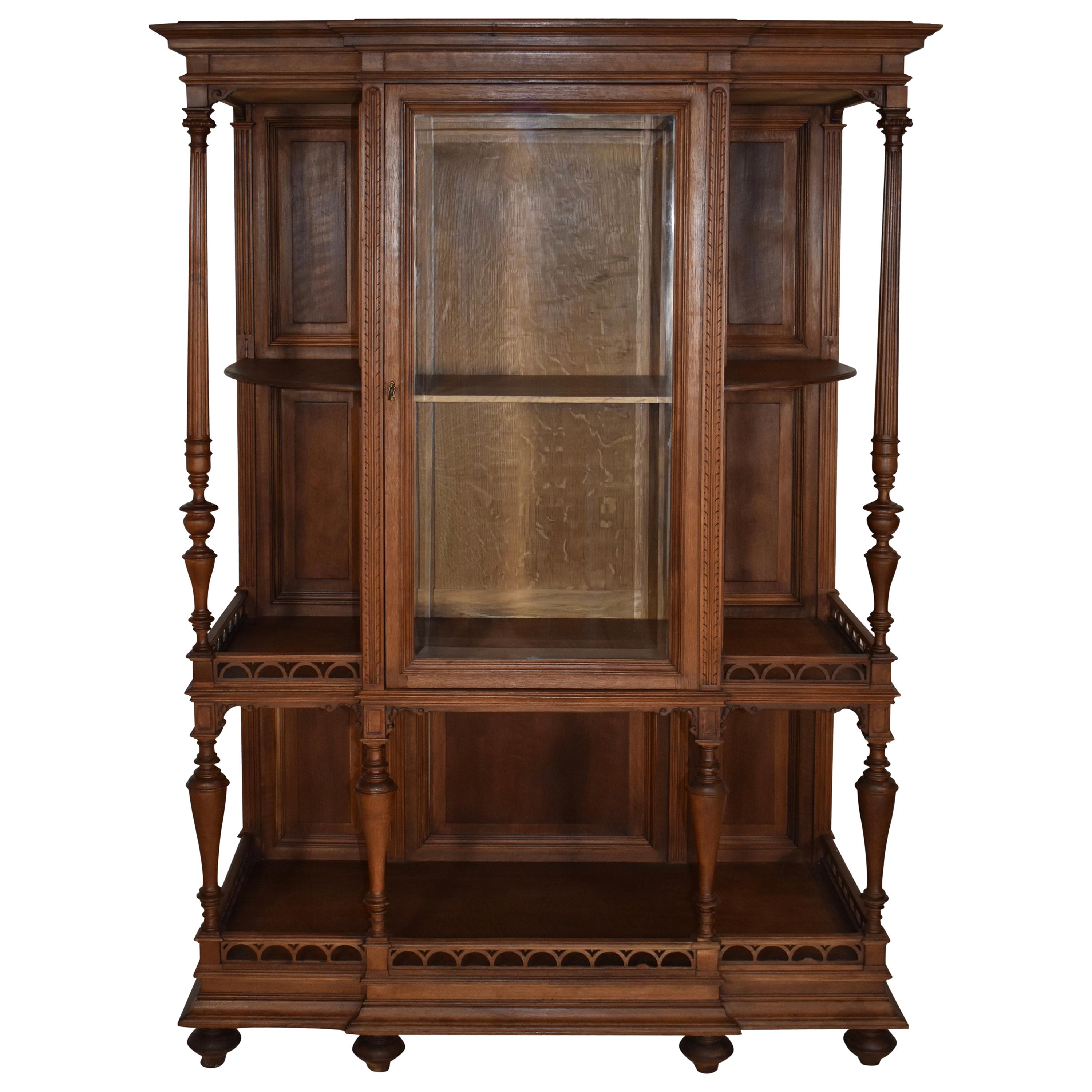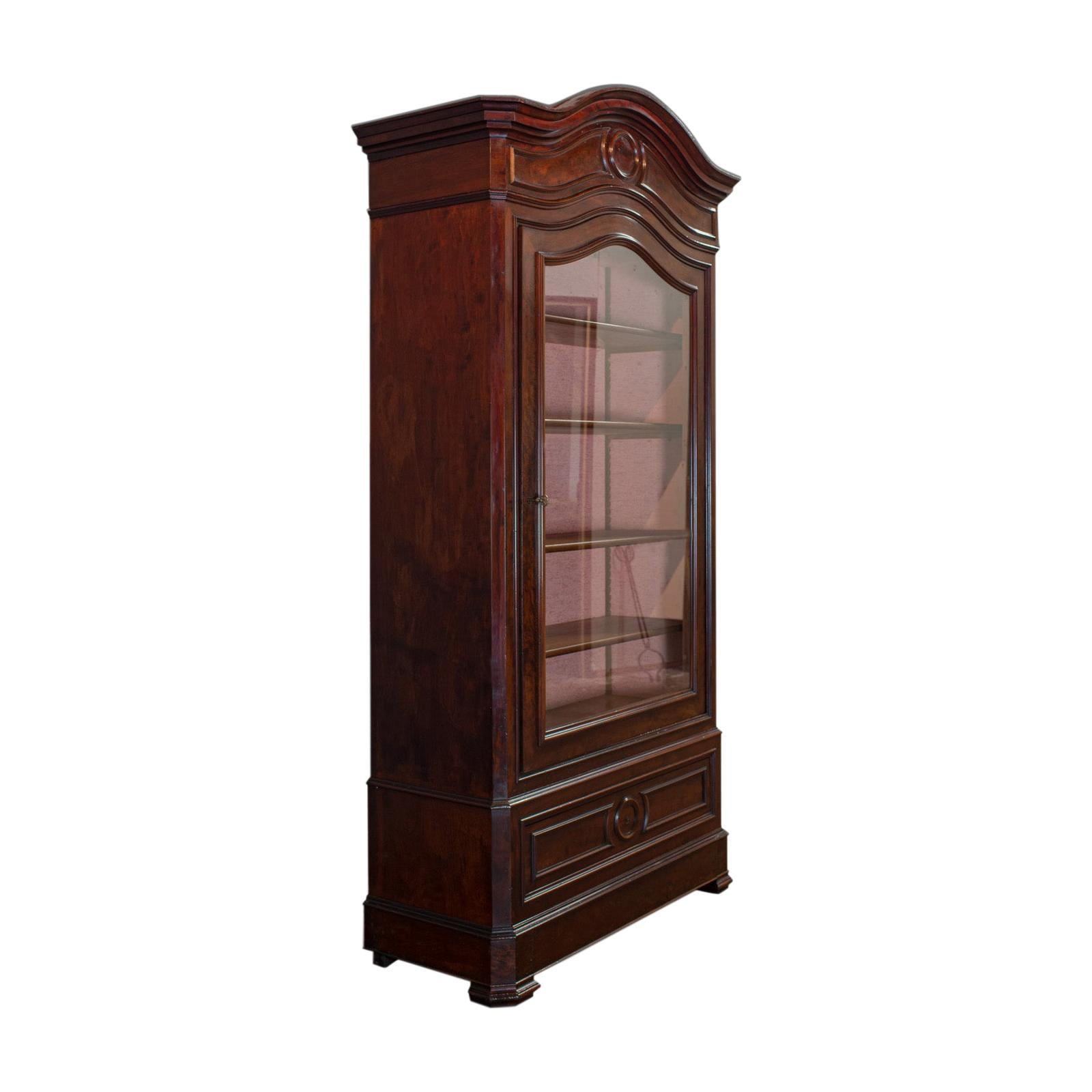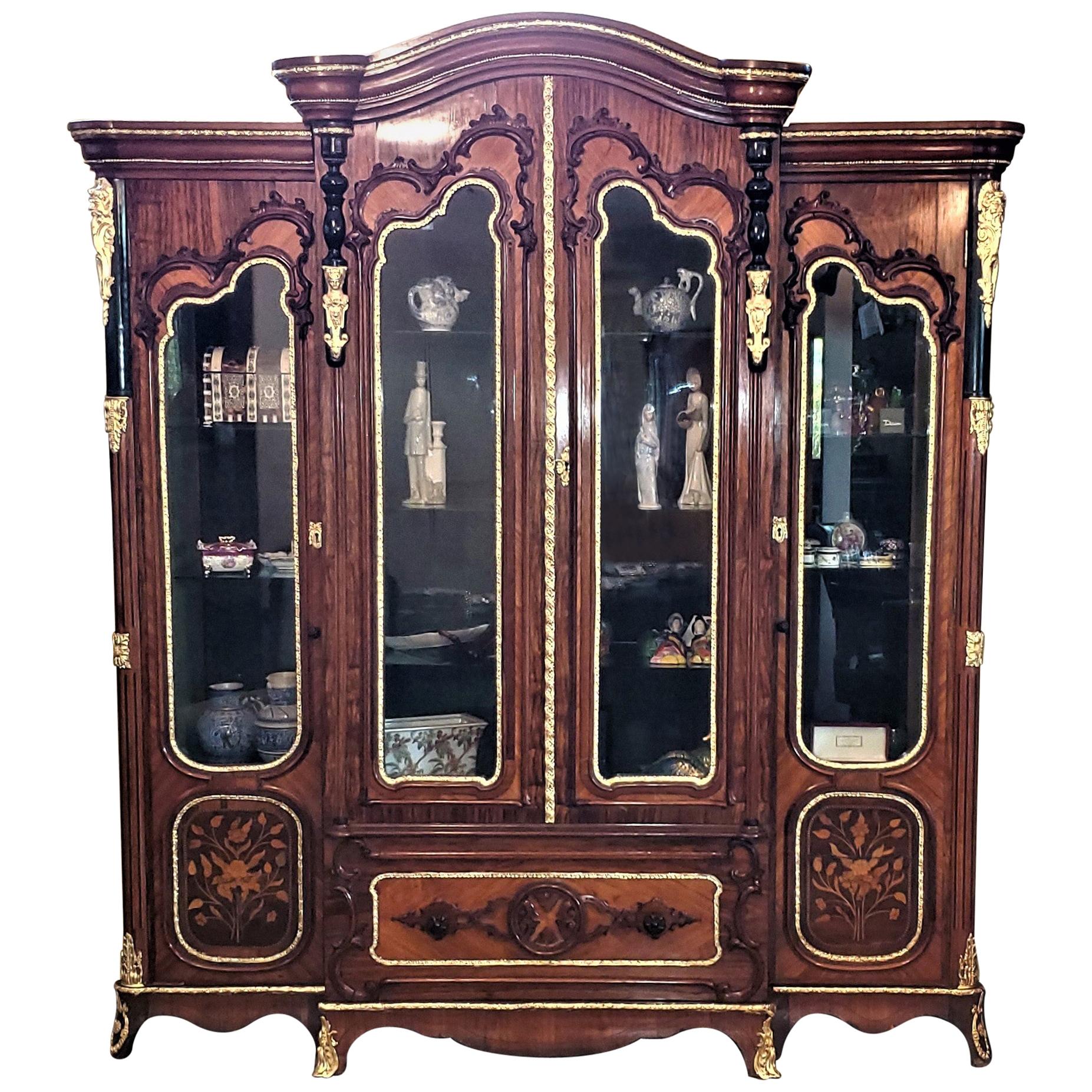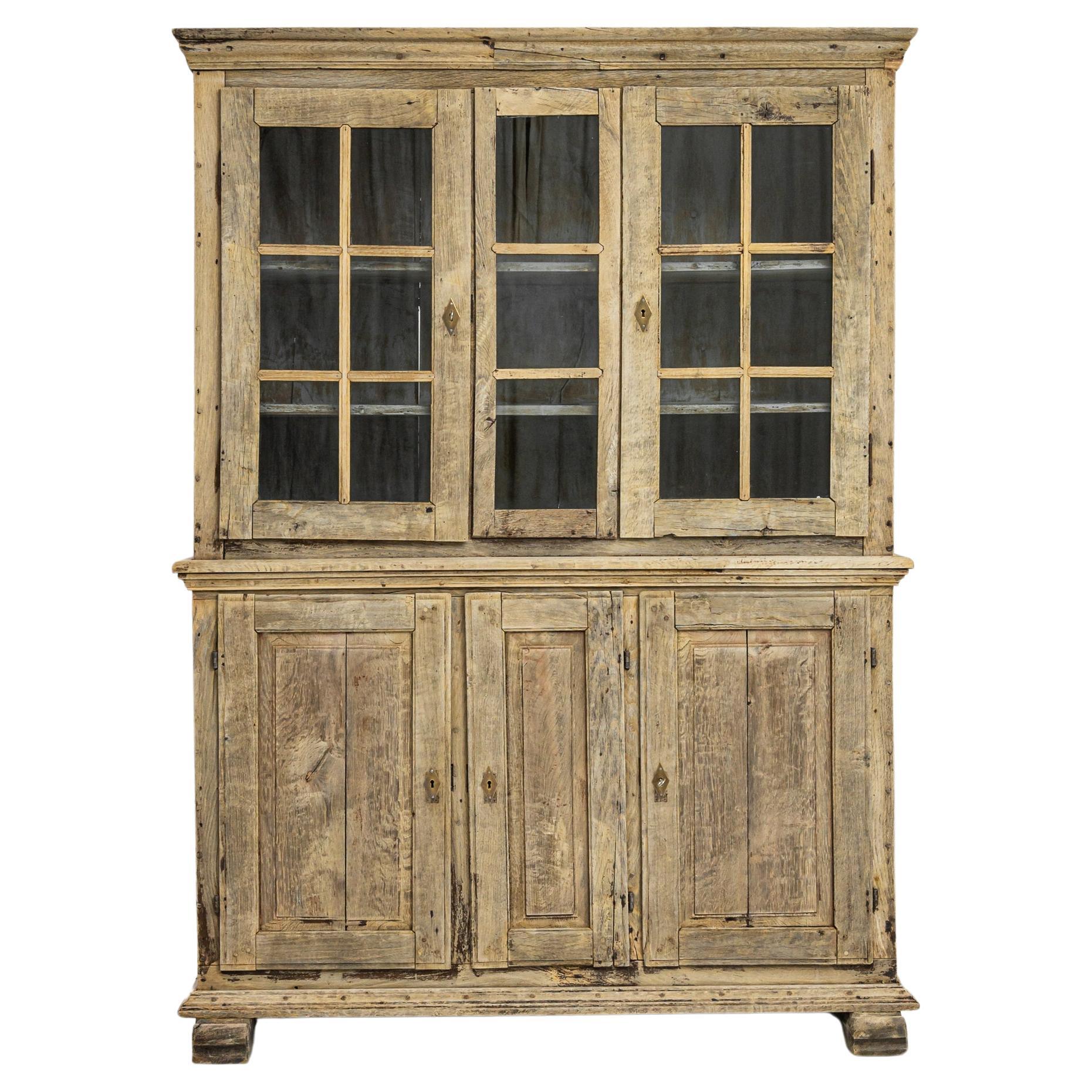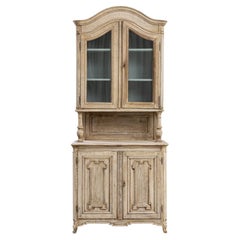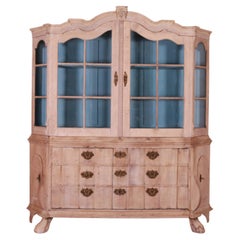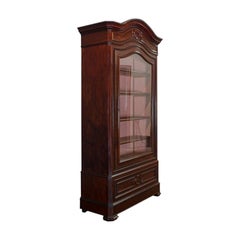
1850s Belgian Rocaille Bleached Oak Vitrine
View Similar Items
Want more images or videos?
Request additional images or videos from the seller
1 of 12
1850s Belgian Rocaille Bleached Oak Vitrine
About the Item
- Dimensions:Height: 19.1 in (48.52 cm)Width: 48.4 in (122.94 cm)Length: 19.1 in (48.52 cm)
- Style:Rococo Revival (In the Style Of)
- Materials and Techniques:
- Place of Origin:
- Period:
- Date of Manufacture:circa 1850
- Condition:Refinished. Wear consistent with age and use.
- Seller Location:High Point, NC
- Reference Number:Seller: 223881stDibs: LU5280226865902
About the Seller
4.9
Platinum Seller
These expertly vetted sellers are 1stDibs' most experienced sellers and are rated highest by our customers.
Established in 2015
1stDibs seller since 2020
881 sales on 1stDibs
More From This SellerView All
- 1850s French Bleached Oak VitrineLocated in High Point, NCExplore the refined beauty of this 1850s French Bleached Oak Vitrine, an exquisite blend of elegance and country simplicity. Crafted in Fra...Category
Antique Mid-19th Century French Vitrines
MaterialsWood
- 1910s Belgian White Patinated VitrineLocated in High Point, NCA wooden vitrine from 1910s Belgium with an evocative patina. A tall, slender cabinet, fronted by a paned glass door, sits atop a low cupboard. The ori...Category
Early 20th Century Belgian French Provincial Vitrines
MaterialsGlass, Wood
- 1860s Belgian Oak VitrineLocated in High Point, NCMagnificent and ornate, this antique oak vitrine cuts an impressive figure. Built in Belgium in the 1860s, the design is inspired by the elaborate furniture of the Renaissance. Beaut...Category
Antique 1860s French Renaissance Revival Vitrines
MaterialsGlass, Oak
$12,995 - 19th Century Belgian Wooden VitrineLocated in High Point, NCA wooden vitrine from 19th century Belgium. Fit with two upper display cabinets and two lower storage compartments, drawers slide in between, this vitrine boasts elegant design and i...Category
Antique 19th Century Belgian French Provincial Vitrines
MaterialsGlass, Oak
- 1800s Dutch Oak VitrineLocated in High Point, NCThe silhouette of this antique oak vitrine evokes the lavish beauty of the Baroque. Built in the Netherlands circa 1800, serpentine drawers are crowned by an arched cabinet...Category
Antique 19th Century Dutch Baroque Vitrines
MaterialsBrass
$8,595 - 1840s German Bleached Oak VitrineLocated in High Point, NCStep into the elegance of the 1840s with the German Bleached Oak Vitrine, a timeless showcase of craftsmanship. Below, three solid cabinet doors discreetly house treasures, flanked b...Category
Antique Mid-19th Century German Vitrines
MaterialsWood
You May Also Like
- Dutch Bleached Oak VitrineLocated in Leamington Spa, Warwickshire19th C Dutch bleached oak vitrine with painted interior. There are six doors in total, including faux drawer doors in the bottom section. 1890. ...Category
Antique 19th Century Dutch Vitrines
MaterialsOak
- Oak Breakfront Vitrine, circa 1920Located in Evergreen, COThis beautiful breakfront vitrine showcases multiple shelves for displaying your favorite items. A locking glass door, which opens to a single shelf...Category
Early 20th Century European Vitrines
MaterialsOak
- Antique Display Cabinet, Victorian, Flame Mahogany Vitrine, circa 1850Located in Hele, Devon, GBThis is an antique display cabinet. An English, Victorian, flame mahogany vitrine dating to the mid-19th century, circa 1850. Magnificent Vic...Category
Antique Mid-19th Century English Victorian Vitrines
MaterialsMahogany
- Large 19 Century French Rococo or Neoclassical Revival Style VitrineBy David RoentgenLocated in Dallas, TXStunning 19th century French Empire, neoclassical/Rococo Revival style Marquetry vitrine or display cabinet, of large proportions!! A real statement piece! Made of a fabulous variety of veneers, including kingwood, satinwood, tulipwood, harewood and walnut with quality classical ormolu mounts. It has ebonized pillars in the Empire style, with walnut and exotic hardwood friezes in the Rococo style. Double glass doors to middle section and single glass doors on either side. The glass on the doors are framed in ormolu banding. Floral Marquetry panels on front and parquetry on the sides. The front central section is a pullout / pull-out drawers with gorgeous walnut frieze panel and original carved walnut knobs. Scrolling pelmet on the top in 3 sections banded in ormolu beading. Scrolling base with cabriolet feet and ormolu mounts on base. Various ormolu mounts, floral mounts, mounts of Baachus and mounts of neoclassical female figures. In 3 sections. with 2 side cabinets and large central section with 3 section pelmet, stunning piece!!! The quality ormolu mounts are marked with the letter “R” and what appears to be “FR 678”. We were originally of the belief that this piece might have been made at the very end of the 19th century, but having regard to the quality of workmanship throughout this piece we are of the opinion that it was most likely made in the third quarter of the 19th century, circa 1870 and by an obviously top quality Parisienne maker with a surname beginning with “R”. It is definitely in the style of David Roentgen who was known for his Rococo/neoclassical styles. David Roentgen, (born Aug. 11, 1743-died Feb. 12, 1807, Wiesbaden, Duchy of Nassau), cabinetmaker to Queen Marie-Antoinette of France; under his direction the family workshop at Neuwied (near Cologne), founded by his father, Abraham Roentgen, became perhaps the most-successful firm of furniture production in the 18th century. After succeeding his father as head of the Neuwied workshop in 1772, Roentgen strove to broaden their clientele, an ambition that brought him first to Hamburg and ultimately to Paris (1774), where in 1779 he was spectacularly successful in selling his finest furniture to King Louis XVI of France for £3,300 to £4,000, an unprecedented sum for the time. Appointed cabinetmaker to the queen, Roentgen was granted admission (1780) as maître-ébéniste (master cabinetmaker) to the trade corporation of Paris cabinetmakers, making it possible for him to keep in Paris a stock of the furniture manufactured at Neuwied. Thus he was able to compete with such great cabinetmakers as Jean-Henri Riesener and Adam Weisweiler, reputedly his former pupil at Neuwied. After his first visit to St. Petersburg, Empress Catherine II the Great bought huge quantities of his furniture; King Frederick William II of Prussia was also his client. When in 1795 the French Revolutionary armies threatened to cross the Rhine, Roentgen evacuated his establishment and moved his stock farther inland. Unfortunately, he lost everything in his Parisian salon and in his Neuwied workshop, both of which were sacked by Republican troops. He was crushed, despite his appointment as court furnisher to the king of Prussia. Although he never succeeded in starting production again, former apprentices of his whom he helped to establish in the German cities of Berlin (David Hacker...Category
Antique Mid-19th Century French Rococo Revival Vitrines
MaterialsOrmolu
$9,600 Sale Price48% Off - French 19th-20th Century Baroque Revival Carved Oak Bombé Figural Bombé VitrineLocated in Los Angeles, CAA French 19th-20th century Baroque Revival carved oak Bombé figural vitrine. The single front-door display cabinet with bowed front and side beveled glass panels, with two interior g...Category
Antique Early 1900s French Baroque Revival Vitrines
MaterialsGlass, Oak
$6,850 Sale Price51% Off - Antique Flemish Vitrine in a Bleached OakLocated in Schellebelle, BEA beautiful fully original Antique Flemish Vitrine from the Flanders, Bleached Oak with original Glass, nice painted interior, ideal to place in your kitchen or dining room.Category
Antique 1790s Belgian Vitrines
MaterialsOak
Recently Viewed
View AllMore Ways To Browse
Round Vitrine
Rounded Vitrines
Used Siding
Blue Vitrine
Bleached Oak Display Cabinet
Bleached Vitrine
Bleached Oak Vitrine
Glass Case Display Table
Small Glass Vitrines
French Display Vitrine 19th Century
Glass Vitrine Pair
Lighted Vitrine
Vitrines Light
Iron Medical Cabinet
Deco Glass Vitrine
Art Deco Glass Vitrine
Corner Cabinet Glass French
Medical Iron And Glass Cabinet


